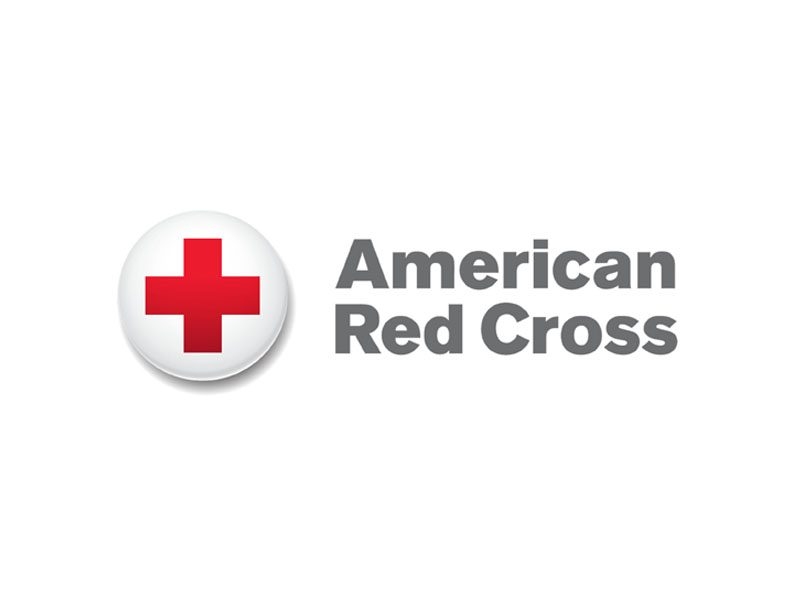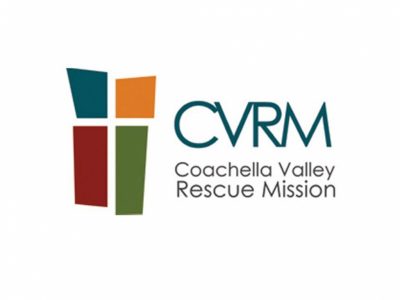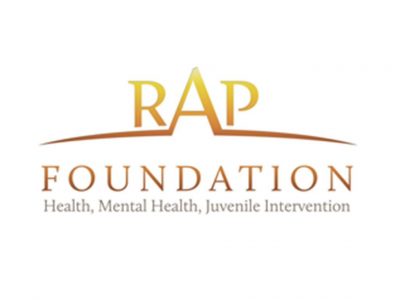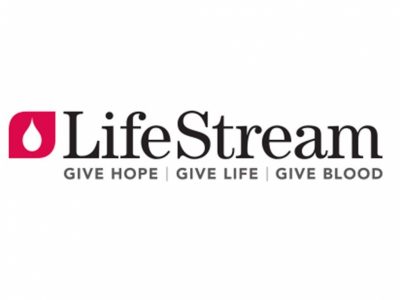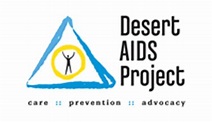Home fires see increase in holiday months, get prepared with tips from the Red Cross
This Fire Prevention Week (October 3-9), the American Red Cross urges residents to test their smoke alarms and practice their home fire escape plan.
During the holiday season, there is an increased risk of home fires. According to the National Fire Protection Association — which is sponsoring Fire Prevention Week with the theme “Learn the Sounds of Fire Safety” — home fires are most common in cooler months when people spend more time inside, and cooking and heating equipment are the leading causes of these crises. Holiday cooking and baking can lead to an increase in kitchen fires, and holiday decorating can also pose an increased risk for home fires. The American Red Cross Southern California Region responds to 15% more home fires in November-March than in other months.
“Every day, people’s lives are devastated by home fires — a threat that tends to increase during the holiday months,” said Yevette Baysinger, Executive Director of the American Red Cross of San Bernardino. “Help keep your family safe now by testing your smoke alarms and practicing your two-minute fire escape drill.”
This year, the Southern California Region has already responded to over 660 home fires, helping over 3,300 people affected by these fires. “After a home fire, Red Cross volunteers provide families with essentials such as food, clothing, comfort items, health services, emergency financial assistance, casework and recovery support and more,” said Lois Beckman, Executive Director of the American Red Cross of Riverside County. “The Red Cross is a shoulder to lean on for families who may have lost everything in a fire.”
HOW TO PROTECT YOUR FAMILY During Fire Prevention Week, test your smoke alarms and practice your two-minute home fire escape drill — the amount of time that experts say you may have to get out before it’s too late. Teach children what a smoke alarm sounds like and talk about fire safety and what to do in an emergency. Visit redcross.org/fire for more information.
Place smoke alarms on each level of your home, including inside and outside bedrooms and sleeping areas. Test alarms monthly and change the batteries at least once a year, if your model requires it.
Check the manufacturer’s date of your smoke alarms. If they’re 10 years or older, they likely need to be replaced because components such batteries can become less reliable. Follow your alarm’s manufacturer instructions.
Include at least two ways to exit every room in your home in your escape plan.
Select a meeting spot at a safe distance away from your home, such as your neighbor’s home or landmark like a specific tree in your front yard, where everyone knows to meet.
Tailor your escape plan to everyone’s needs in your household. If you are deaf or hard of hearing, install strobe light and bed-shaker alarms to help alert you to a fire. When practicing your plan, include any devices or people that can help you to get out safely.
If you cannot afford to purchase smoke alarms or are physically unable to install one, the Red Cross may be able to help. Visit SoundTheAlarm.org/SoCal to request a free smoke alarm installation. Due to COVID-19 safety guidelines, smoke alarm installations are limited to where they’re safe to do so.
PREPARING NOW CAN SAVE YOUR LIFE Since October 2014, the Red Cross Home Fire Campaign with community partners has saved more than 1,000 lives across the country by educating families about fire safety, helping them create escape plans and installing free smoke alarms in high-risk areas. In Riverside and San Bernardino Counties, Red Cross volunteers and partners have installed over 14,000 free smoke alarms and helped make over 5,200 households safer since the Home Fire Campaign launch.
To learn more about the campaign and how you can get involved, visit redcross.org/HomeFires.
About the American Red Cross Southern California Region
The American Red Cross shelters, feeds and provides emotional support to victims of disasters; supplies about 40 percent of the nation’s blood; teaches skills that save lives; provides international humanitarian aid, and supports military members and their families. The Red Cross is a not-for-profit organization that depends on volunteers and the generosity of the public to perform its mission. The Red Cross Southern California Region proudly serves San Diego, Orange, Riverside, San Bernardino and Imperial Counties. In addition to carrying out disaster preparedness and response programs, blood collection, health and safety training, international services programs and supporting the military community, the Southern California Region provides nutritional counseling through its Women, Infants and Children (WIC) program in San Diego and helps communities prepare for, respond to and recover from disasters through its Prepare SoCal and Prepare San Diego initiatives. For more information, please visit redcross.org/SoCal or cruzrojaamericana.org, or connect with us on Facebook, Twitter, Instagram and YouTube.

